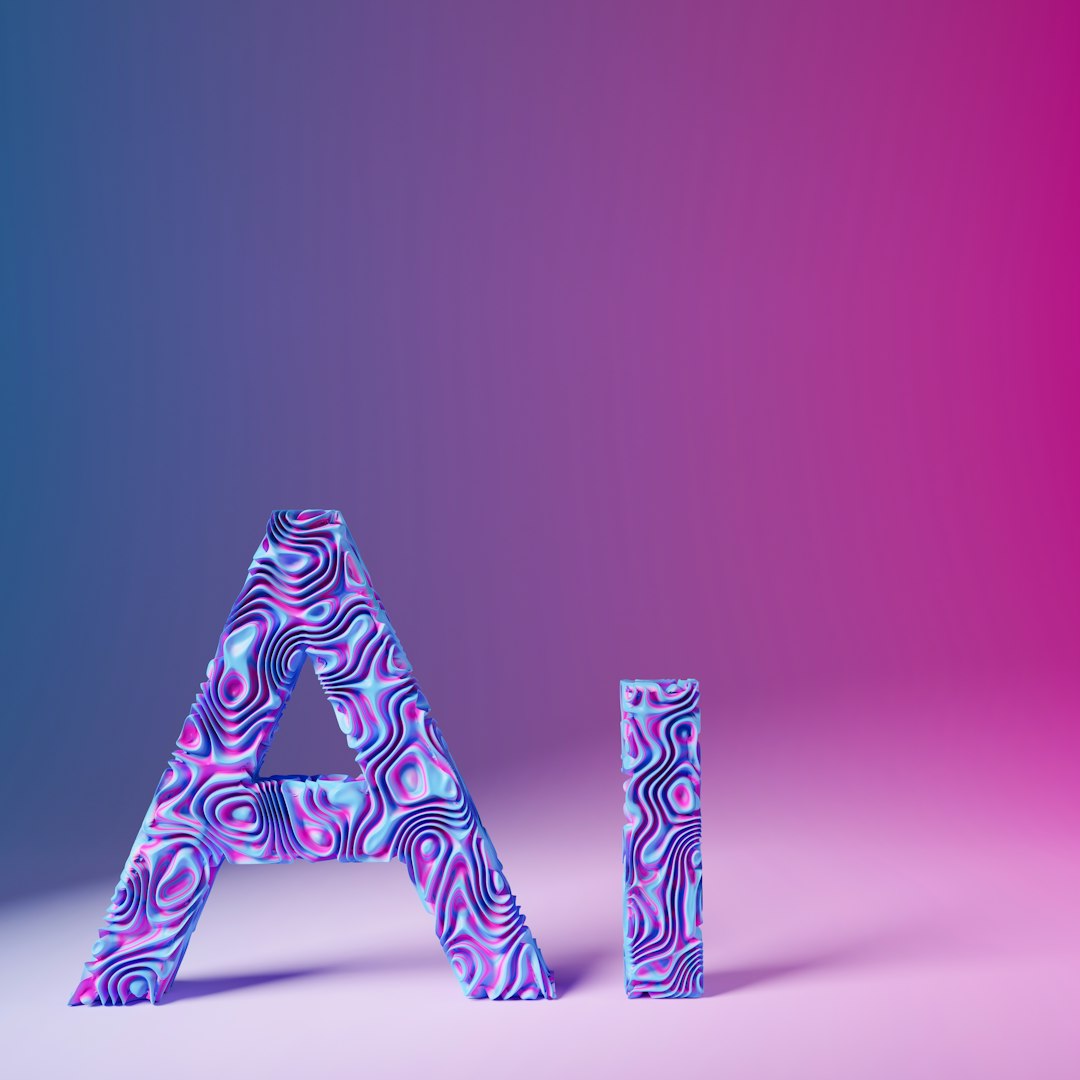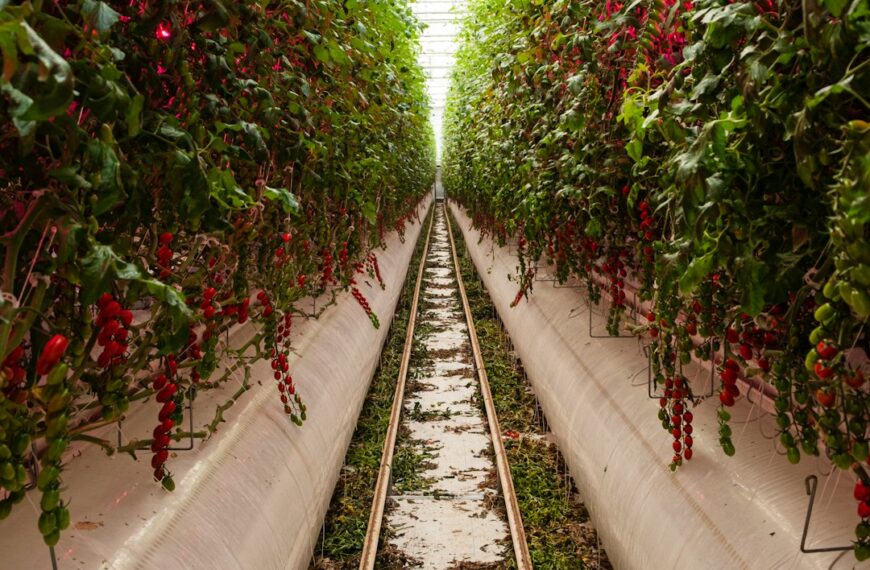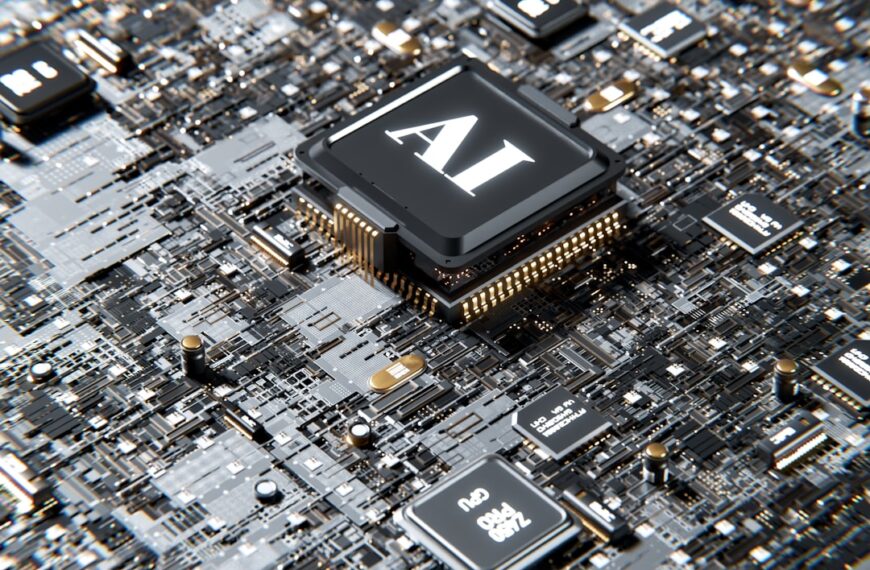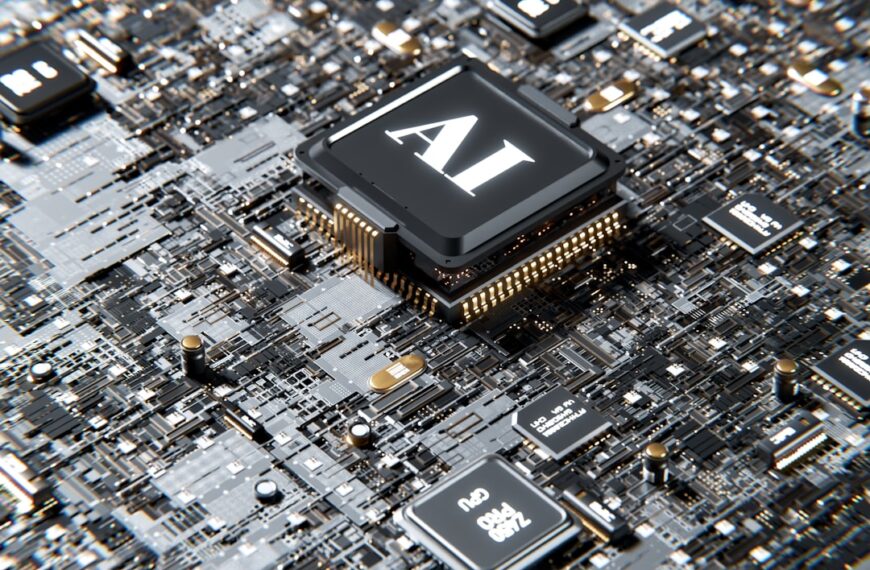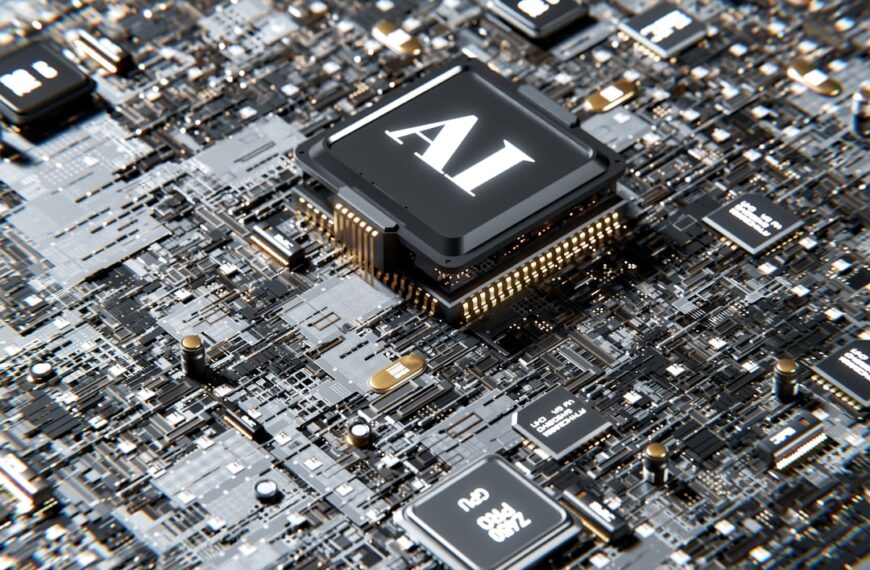The future of agriculture is intertwined with technology, and nowhere is this more evident than in the burgeoning field of AI-powered farming. “The Algorithmic Gardener” isn’t just a catchy phrase; it represents a paradigm shift, a move towards a more sustainable and efficient approach to cultivating our food. This isn’t about robots replacing farmers; it’s about empowering them with intelligent tools.
Imagine a system that precisely monitors soil conditions, predicting nutrient deficiencies before they impact yield. This is the promise of AI. Sophisticated sensors embedded in the soil, coupled with powerful algorithms, can analyze data points – moisture levels, nutrient concentrations, even microbial activity – to provide real-time insights. This allows farmers to apply fertilizers and water with pinpoint accuracy, minimizing waste and maximizing efficiency. The result? Reduced environmental impact and increased profitability.
Beyond soil analysis, AI can revolutionize crop monitoring. Drones equipped with high-resolution cameras and machine learning capabilities can identify individual plants requiring attention, spotting diseases or pests long before they become widespread problems. This early detection allows for targeted interventions, reducing the need for broad-spectrum pesticides and herbicides that can harm beneficial insects and pollinate.
Predictive modeling is another powerful application of AI in agriculture. By analyzing historical weather patterns, soil data, and crop performance, AI algorithms can forecast yields with unprecedented accuracy. This allows farmers to make informed decisions about planting, harvesting, and resource allocation, mitigating risks associated with unpredictable weather events and market fluctuations.
However, the transition to algorithmic gardening isn’t without its challenges. Data security and privacy are critical concerns, as are the potential for algorithmic bias and the need for accessible technology for farmers of all scales. Ensuring equitable access to these technologies is paramount to prevent exacerbating existing inequalities in the agricultural sector. Furthermore, the ethical implications of using AI in agriculture need careful consideration, ensuring transparency and accountability in its implementation.
Ultimately, “The Algorithmic Gardener” represents a hopeful vision for a more sustainable future. By leveraging the power of AI responsibly and inclusively, we can create a food system that is both efficient and environmentally friendly, ensuring food security for generations to come. It’s a collaborative effort, requiring the combined expertise of farmers, scientists, engineers, and policymakers to harness the potential of AI for the benefit of all. The future of food is being cultivated, one algorithm at a time.
